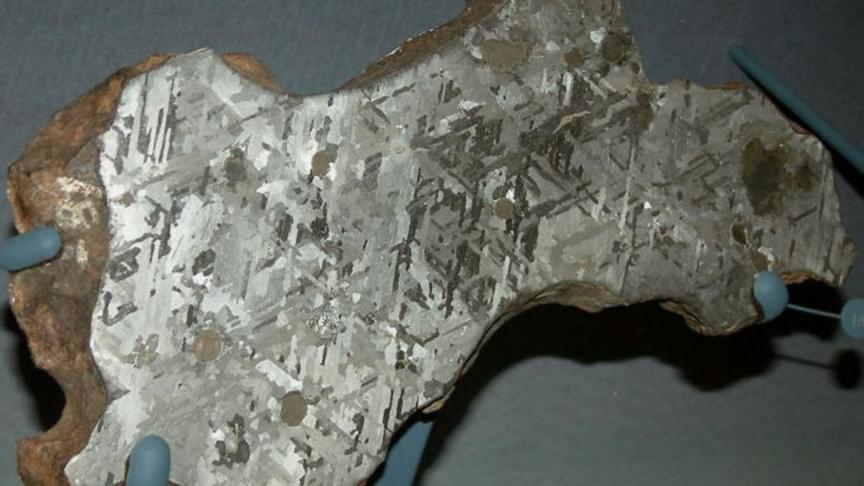Project Mosquito barely got underway before it hit a dead end, with potential overseas designs waiting in the wings.


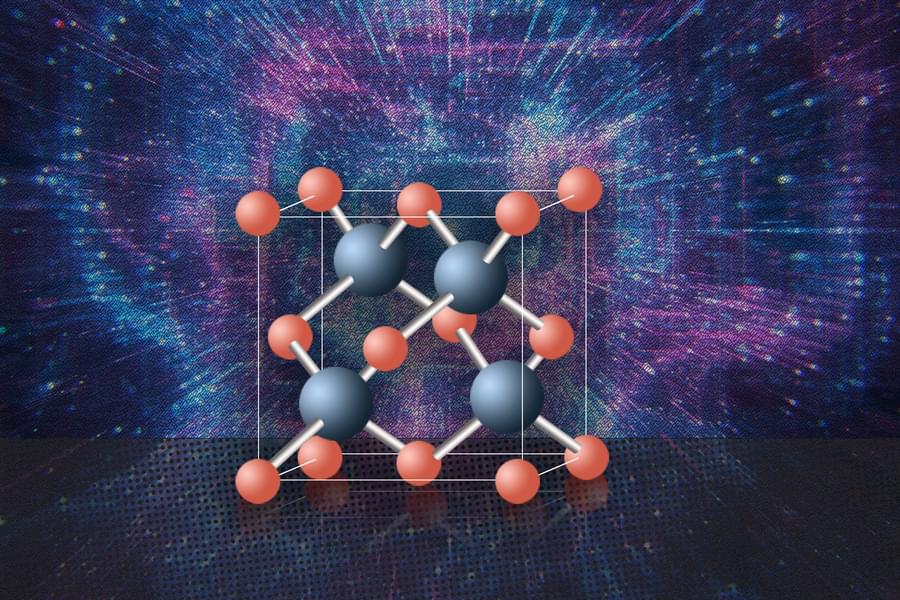

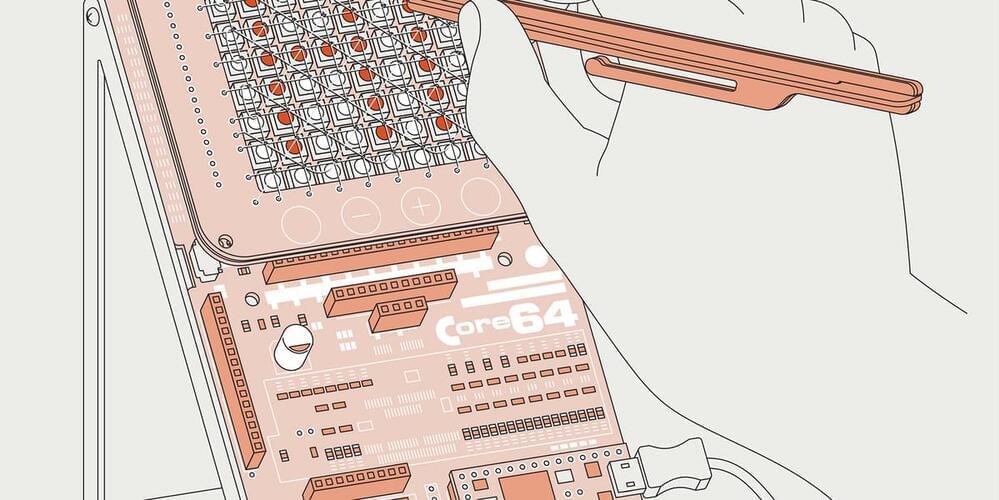
The Swiss company called K-Team invented a new kind of robot! The engineering team took as a basis the swarm intelligence of ants and created the kilobot swarm. Each of the devices follows a small set of rules, but when placed together, they mold into some sort of a universal mind clever enough to solve complex tasks. In the future, this system will be able to unify not only kilobots but other robots too, the ones we can see only at exhibitions for now.
What will happen if they start swarming around cities of the future all at once? Which robots would come to our aid during the worst disasters? Why is this piece of magnetic slime learning how to sneak into your intestines? And how will robots change our lives in a real city of the future?
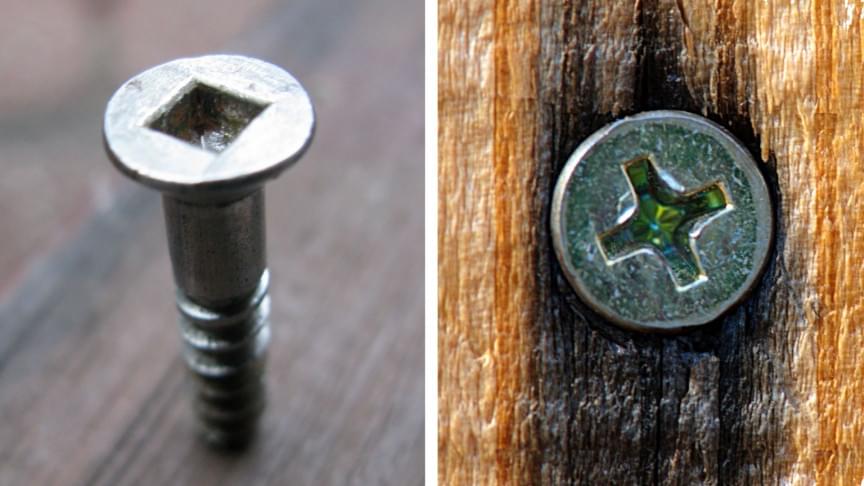
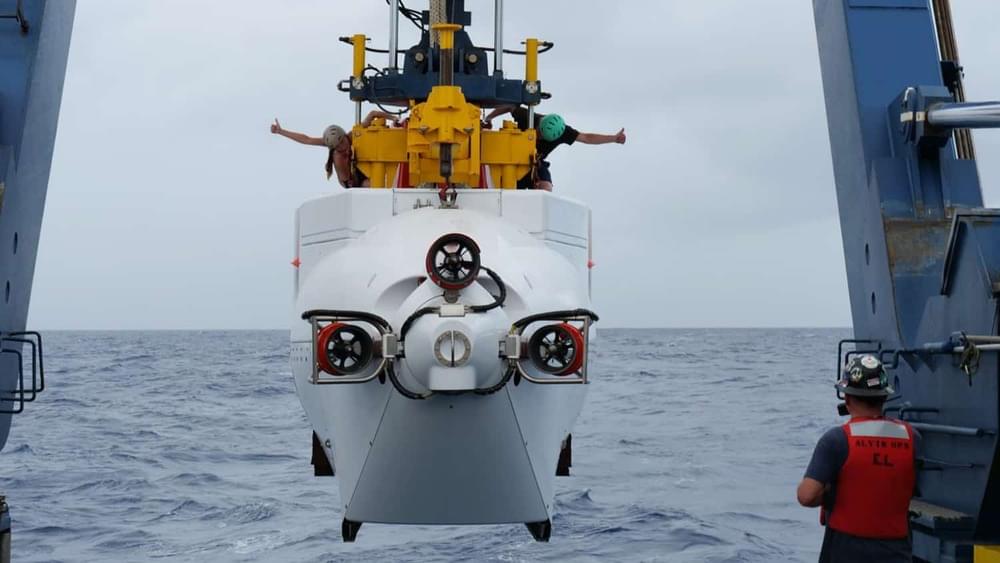
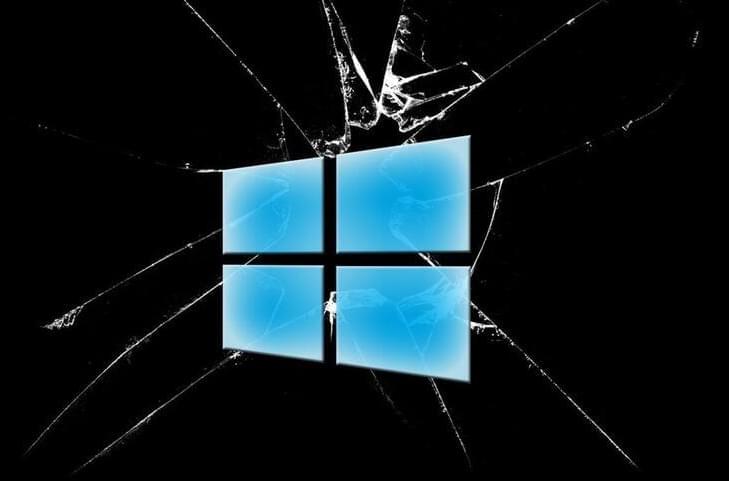
Microsoft is warning customers that Windows updates released since June 28 will trigger printing issues on devices connected using USB.
“Microsoft has received reports of issues affecting some printing devices following installation of Windows updates released June 28 (KB5014666) and later,” Redmond explained.
Affected platforms include both client (Windows 10, version 20H2, 21H1, and 21H2) and server (Windows Server, version 20H2).
